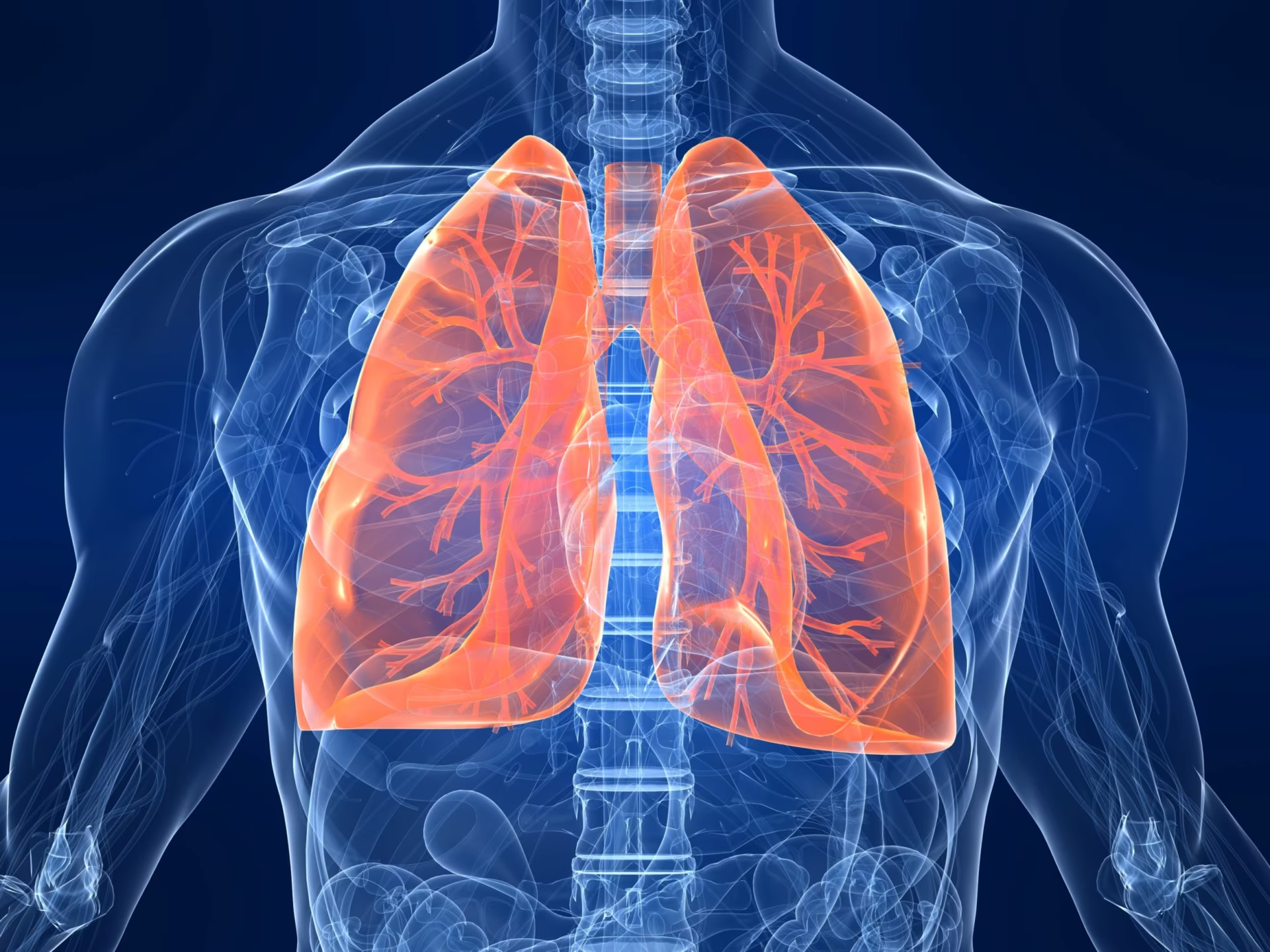There is a wide range of eosinophil-associated disorders, from common conditions, such as eosinophilic asthma and chronic rhinosinusitis with nasal polyps (CRSwNP), to rarer ones, such as eosinophilic gastrointestinal disorders and hypereosinophilic syndrome (HES). The advent of eosinophil-targeted therapies is uncovering which of these disorders are primarily treatable by reducing blood or tissue eosinophils, thus giving us an insight into the underlying mechanisms of these diseases.
Dexpramipexole is an enantiomer of the dopamine agonist pramipexole that was approved by the US Food and Drug Administration in January 1997. It is used to treat Parkinson’s disease and restless leg syndrome.1 Dexpramipexole was originally investigated to treat amyotrophic lateral sclerosis (ALS).2 However, the phase III of the original clinical study was halted when dexpramipexole did not show efficacy in treating ALS (Phase 3 study of dexpramipexole in ALS [EMPOWER]; ClinicalTrials.gov identifier: NCT01281189).3 Dexpramipexole was applied to the treatment of eosinophilic disorders when it was noted that patients in the original ALS trials demonstrated a reduction in blood eosinophil count over 3 months.4
A phase II, proof-of-concept study in 10 patients with HES showed that a dexpramipexole treatment of 150 mg orally twice a day resulted in both haematologic and symptomatic improvements after 12 weeks in corticosteroid-sensitive patients (Study to evaluate safety and efficacy of dexpramipexole [KNS-760704] in subjects with HES; ClinicalTrials.gov identifier: NCT02101138).5 One noteworthy benefit of this small study was that it highlighted dexpramipexole as the first oral non-corticosteroid to show a complete reduction of tissue eosinophils in subjects with eosinophilic gastrointestinal disorder (n=2), and this reduction was associated with symptom improvement.5 However, the study was limited by its sample size (N=10) and the lack of objective measures for clinical symptom improvement, which is common when studying eosinophilic disorders with a wide range of clinical manifestations such as HES.5,6
When applied to patients with CRSwNP (N=16), an open-label study of dexpramipexole treatment resulted in significant blood and nasal polyp tissue eosinophil reduction, with the geometric mean absolute eosinophil count (AEC) dropping from 525 cells/μl to 31 cells/μl (p<0.001) and the tissue eosinophils reducing from a mean of 168 cells to 5 cells per high-power field (p=0.001) after 6 months.7 However, there was no change in total polyp size and, importantly, no significant change in patient nasal symptoms.7 These two small initial studies in patients with HES and CRSwNP indicated that dexpramipexole could lower both blood and tissue eosinophils and that it was associated with symptomatic improvement in some eosinophilic disorders and perhaps not others.5,7
The EXHALE trial is a double-blind, placebo-controlled, dose-finding phase II study of dexpramipexole in adult patients with moderate-severe eosinophilic asthma (Dexpramipexole dose-ranging biomarker study in subjects with eosinophilic asthma [AS201]; ClinicalTrials.gov identifier: NCT04046939).8 These subjects were already on steps 3 to 5 of asthma therapy, which include daily inhaled corticosteroids and long-acting beta-agonist combinations. Additional inclusion criteria included a pre-bronchodilator forced expiratory volume in 1 second (pre-BD FEV1) of <80% but ≥40%, with reversibility in respiratory obstruction (≥200 mL, ≥12%), AEC ≥300 cells/μl at screening and an asthma control questionnaire (ACQ) score of ≥1.5. Four groups of 25–28 subjects were formed according to the following doses: dexpramipexole at 300 mg/day, 150 mg/day, 75 mg/day and placebo. The study met its primary endpoint (change in AEC from baseline), showing a statistically significant reduction in AEC after 12 weeks of therapy compared with placebo and in a dose-dependent manner (75 mg/day: p=0.0190; 150 mg/day: p=0.0014; 300 mg/day: p<0.0001). The secondary endpoints, which included measuring pre-BD FEV1 at 12 weeks, were also improved over placebo (75 mg/day: p=0.0198; 150 mg/day: p=0.1337; 300 mg/day: p=0.0309). In particular, the change in pre-BD FEV1 appeared to be more profound in those who had the greatest reduction in AEC at week 12 (≥50%: p=0.0036).8
The improvements in a composite score that included both forced vital capacity and pre-BD FEV1 led the EXHALE authors to suggest that dexpramipexole has an effect on mucus plugging.9 The study reports that measurements of nasal eosinophil peroxidase (EPX), an eosinophil granule protein, are decreased in the treatment group.9 Since nasal EPX has been described as a surrogate marker for sputum or lower airway eosinophilia, the study suggests that dexpramipexole decreases sputum or lower airway eosinophilia, without a direct measure of sputum eosinophils. Taken together, these data suggest that dexpramipexole is effective in lowering blood eosinophil count, improving spirometry parameters and affecting tissue eosinophils in the form of nasal secretions of EPX in adult patients with eosinophilic asthma.8,9
Currently, the only published data on the use of dexpramipexole in patients with asthma are in the form of abstracts presented at conferences.8–10 While patient symptom scores (ACQ) were collected at baseline in the EXHALE study, it is unclear if patients experienced fewer flares, as they did not exhibit lower ACQ scores with dexpramipexole treatment than with the placebo.10 In addition, other asthma studies of biologics enrolled patients who experienced asthma flares within the past year despite being on maintenance therapy.11 Larger, phase III studies will need to enrol similar patients and examine the effect of dexpramipexole on clinical outcomes in asthma to compare it with the findings of trials on asthma biologics.
The mechanism of action for dexpramipexole in regulating eosinophilia is unknown. A 1979 study found that high doses of L-dopa given centrally result in circulating eosinopenia in rats, suggesting that central dopamine agonism may regulate blood eosinophils.12 Dopamine receptors D3 and D5 expression was detected on <5% of eosinophils in one study,13 but these are not mentioned in recent reviews. In the phase II, open-label HES trial (ClinicalTrials.gov identifier: NCT02101138), bone marrow biopsies were performed at baseline and at week 12 and showed that drug treatment resulted in a selective absence of mature eosinophils.5 Unlike eosinophil biologics and corticosteroids, which act fairly quickly, dexpramipexole appears to require several months before eosinophil levels in the blood reach their nadir. This suggests, though it is not proof, that the drug acts at the level of eosinopoeisis rather than by causing cell death. Indeed, the drug target might not even be the eosinophil cell itself but perhaps a surrounding epithelial cell or bone marrow stromal cell with an eosinophil-specific role.
If found to be effective in treating asthma, dexpramipexole could be an alternative or add-on therapy to biologics, especially eosinophil-specific ones. While it would likely be more cost-effective compared with biologics, there are some practical drawbacks to dexpramipexole, such as requiring a longer time to demonstrate haematological efficacy and twice-a-day dosing, which can be challenging even for adults compared with injections once every 2 months (benralizumab), every month (mepolizumab, reslizumab and tezepelumab) or every 2 weeks (dupilumab and omalizumab). Dexpramipexole could be compared with another oral therapy for asthma, the leukotriene receptor antagonist montelukast, often chosen for its additional effect on allergic rhinitis and, in the paediatric population, for its ease of use and lack of corticosteroid.14,15 Head-to-head trials with montelukast or similar leukotriene modifiers may help identify whether dexpramipexole is more effective or is effective for a subset of patients for whom leukotriene modifiers are insufficient. Finally, as with all eosinophil-targeted therapies, not much is known about the long-term effect of eosinophil reduction and depletion in humans, though short-term studies and case reports suggest the effect to be less severe than the one that is predicted by murine studies.16–18 In select groups of adult asthma patients who chose to continue on anti-interleukin-5 or anti-interleukin-5Rα biologics after the completion of the original clinical trials (reviewed in Kuang and Bochner16, and Korn et al.19), there do not appear to be safety concerns after up to 5 years of treatment.16,19 However, it is noteworthy that these groups exclude people with a recent malignancy within 1 year, parasitic disease within 6 months and other significant medical conditions of concern to the investigators, as well as those who are pregnant.16,19
Taken together, these studies present dexpramipexole as a potential non-biologic option for patients with eosinophilic asthma, given its blood eosinophil-lowering effect and the improvement in lung function parameters. Larger studies are needed to better delineate its clinical efficacy in asthma and its safety profile in long-term use.







